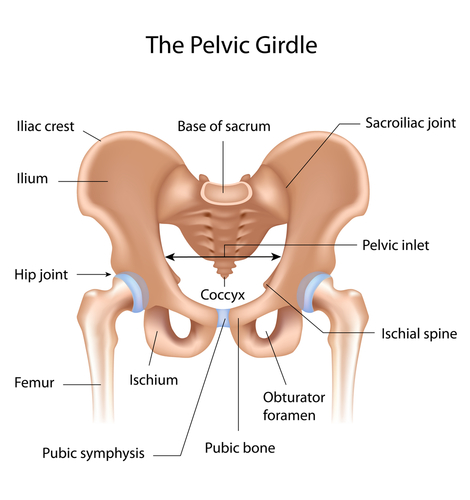
Back pain is all too common in the game of golf, and sometimes the source can be difficult to find and address.
The sacroiliac joint (SI joint)—the spot where the spine connects with the pelvis—is estimated to be the culprit in roughly 30 percent of back-pain cases. That estimate might be even higher for golfers since the SI joint, though extremely durable, can take a beating during the golf swing. The SI joint isn’t particularly mobile, but golfers often rely on the lower back to generate the turn in their swings. This is particularly true of those with weak hip and glute muscles and poor range of motion in their mid-back region. Another cause of SI-joint dysfunction in golf is that it’s a one-sided sport, and golfers tend to put more stress on one side of the pelvis than the other.
The problem with SI-joint dysfunction is that it’s not always easy to diagnose. Doctors sometimes think there are issues with the spinal discs—herniated or degenerative—or the sciatic nerve when it’s actually the SI joint. Often the pain the patient describes leads them to those conclusions.
 The takeaway from this is that if you suffer from chronic back pain, and current treatment isn’t addressing repair of the SI joint, you might want to head back to your doctor and ask to be specifically tested for SI-joint issues. If your back pain is easily reproduced during these tests, there’s a good chance you’ve found the hidden source and now corrective measures can be taken. Treatment can range from anti-inflammatory medication to fusing the bottom part of the spine.
The takeaway from this is that if you suffer from chronic back pain, and current treatment isn’t addressing repair of the SI joint, you might want to head back to your doctor and ask to be specifically tested for SI-joint issues. If your back pain is easily reproduced during these tests, there’s a good chance you’ve found the hidden source and now corrective measures can be taken. Treatment can range from anti-inflammatory medication to fusing the bottom part of the spine.
This article originally posted on GolfDigest.com.







